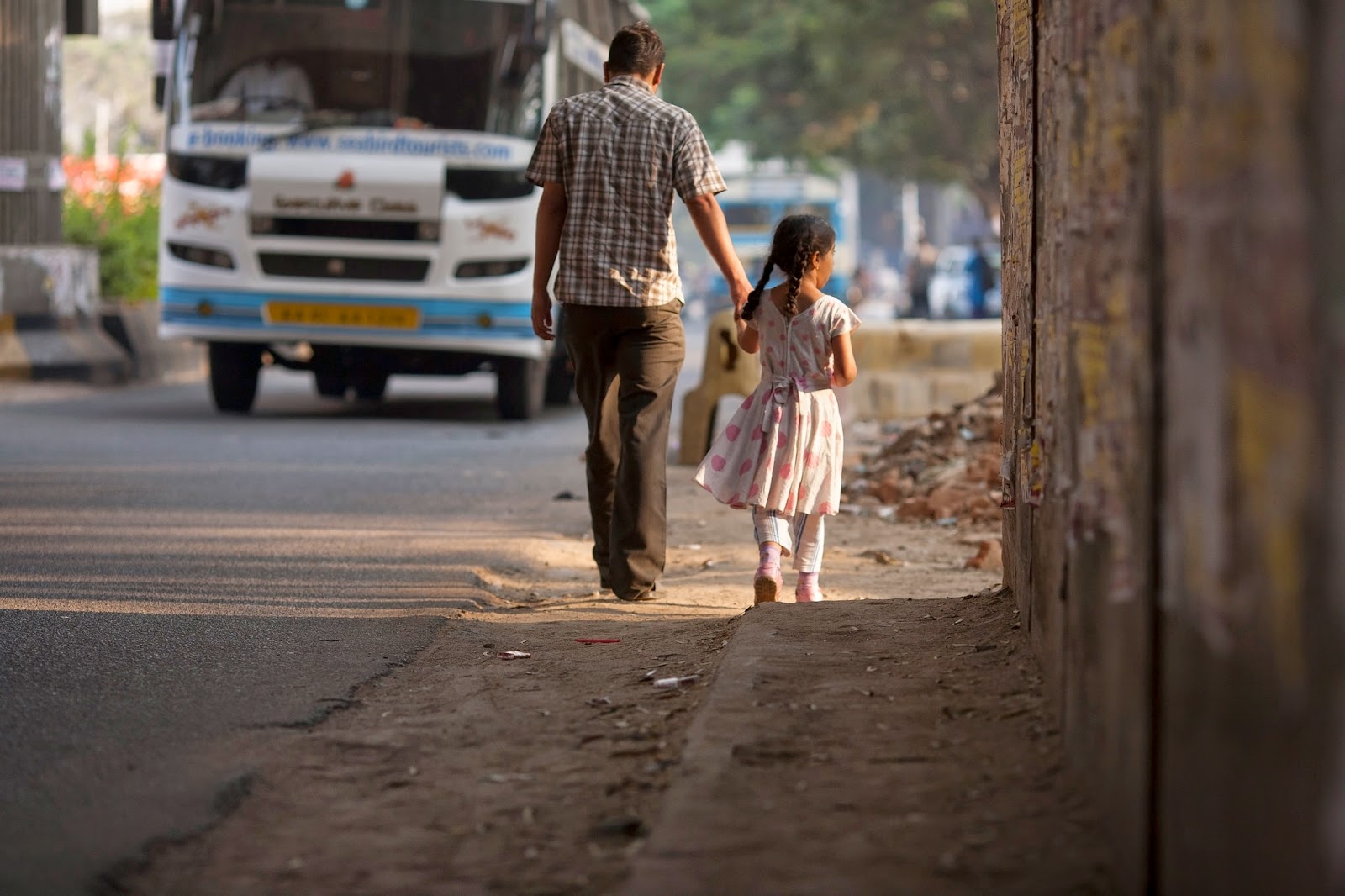(I have embarked on a new journey of writing a column in English 'On a roll, stroll and two pedals' for DNA Ahmedabad starting from today - 20th April, Monday. After writing in Gujarati for more than a year, it will be nice to
indulge in English writing with a promise (to myself) to come back to
writing in Gujarati again.)
It is often said
that we human beings are different from other animals because we walk on two
feet. But do we have space in our cities to perform one of the most basic human
characteristics – walking on two feet? Do our cities provide ample, continuous
network of walk-able footpaths? Fragmented, discontinuous and encroached
margins on roadsides are not walk-able footpaths. Not so long ago, cities and
small towns were quite walk-able. It was pleasant to go out to take a stroll.
Walking, strolling, loitering provides opportunities to embrace the city.
Walking surely has health and environmental benefits apart from intangible
civic benefits.
There is
something unique about Indian cities that one-third of intra-city trips are
carried out by walking or cycling. In my research of the mobility of poor
people, it was observed that 70% of poor working women walked to work. In fact,
walking is essential for people from all classes. Even if you drive a car or a
bike, you still have to walk up to the vehicle! People often drive around
unnecessarily to find a parking spot very close to their destination. If
walking was a pleasure and our streets were walk-able then people would not
mind parking their vehicles a few blocks away. We are slowly getting into the
habit of not walking – even for shorter distances. And one of the prime reasons
is a complete lack of infrastructure for walking. Only 30% of urban roads in India
have walk-able footpaths and this results in making the pedestrians one of the
largest victim groups of fatal road crashes in urban areas.
World’s best
cities provide many opportunities to walk around without any apparent purpose. When
we borrow ‘smartness’ or glossy skylines from world’s best cities, shouldn’t we
borrow their widest footpaths - avenues, promenades, boulevards, parades or
esplanades? Apparently, making a footpath wider than 5-feet in Ahmedabad is
considered blasphemous. They say, let us not make wider footpaths or they will be
encroached. It is the same attitude as – do not walk or you will fall! The
so-called ‘model roads’ paved and re-paved by the municipal corporation have the
tiniest bits of footpaths. Pedestrians walk being sandwiched between haphazardly
parked vehicles on footpaths and moving vehicles on the road. If pedestrians
are given proper space, the carriageways for traffic will become less chaotic.
We need to
reconfigure our streets to make walking enjoyable. For which, we need
well-designed network of footpaths that are continuous across junctions and
streets. Making good footpaths is no rocket science. This goes hand in hand
with a practical policy of paid parking to regulate haphazardly parked vehicles
on the footpaths. Walking is one of the first rituals of being human. When a
baby walks for the first time, the parents tell the world from the rooftops.
When this baby grows up, s/he does not have space to walk in the city or to
play on streets. If we want to change this then we really have to put in
practice a simple science of making cities walk-able.

No comments:
Post a Comment